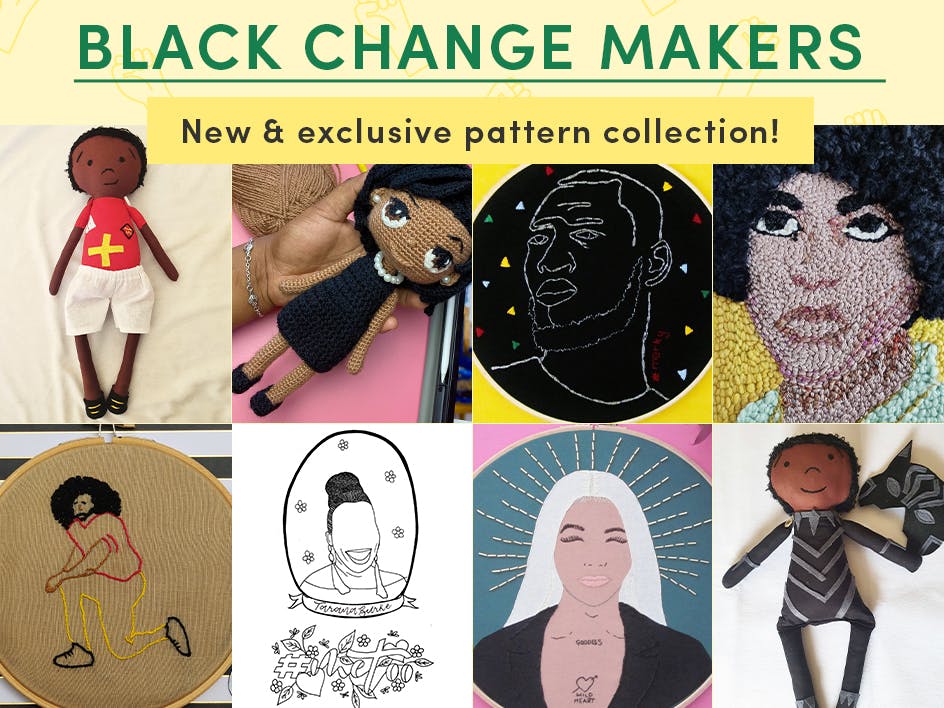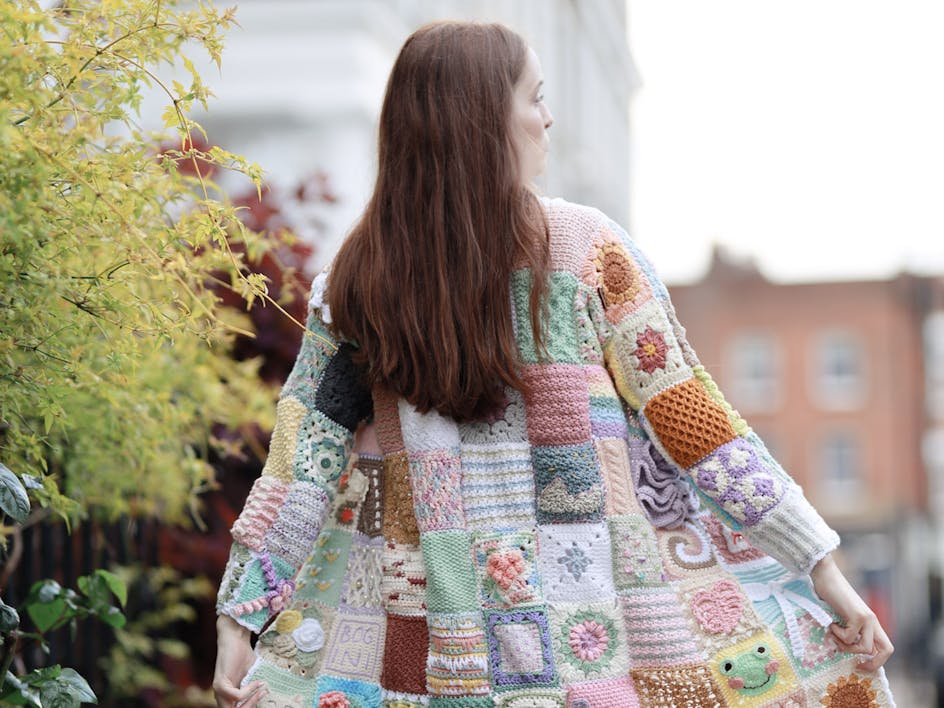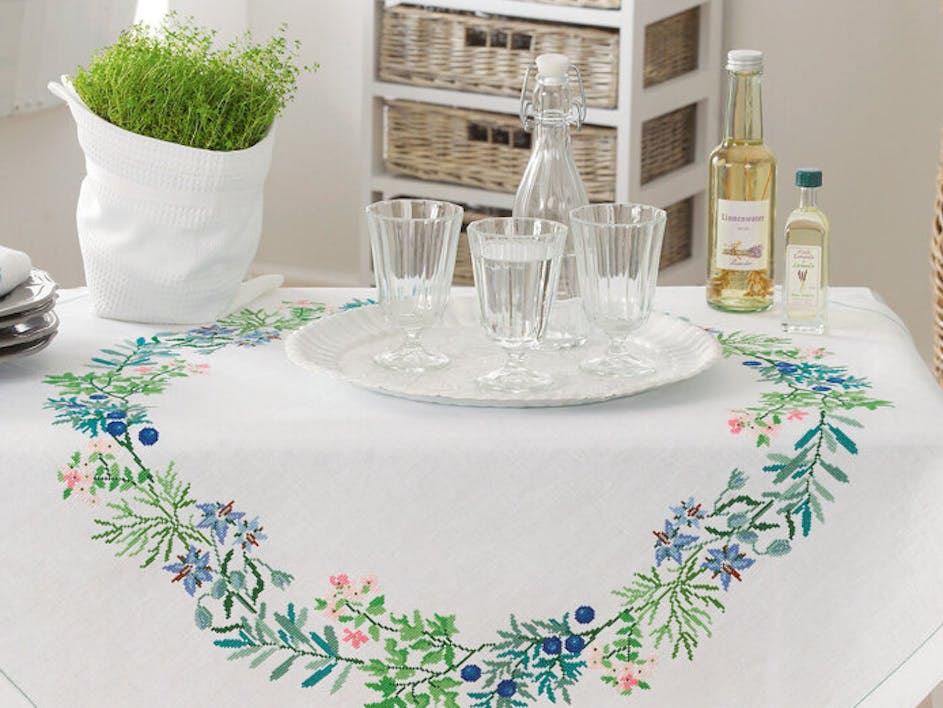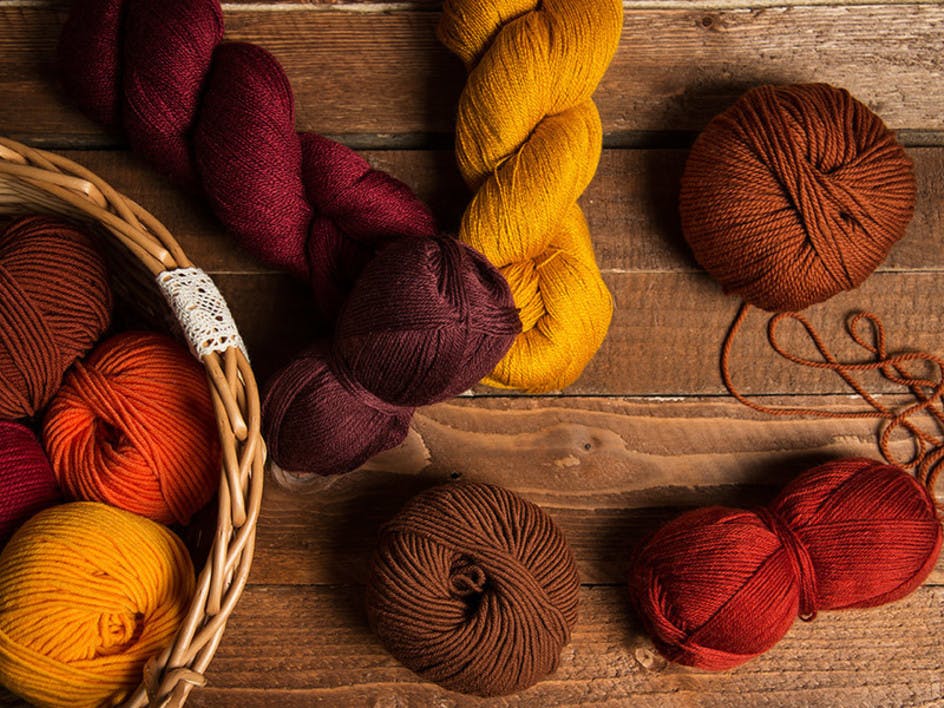The history of crochet: Is it as old as the hills?
Published on February 12, 2016 By Kathryn Senior 5 min read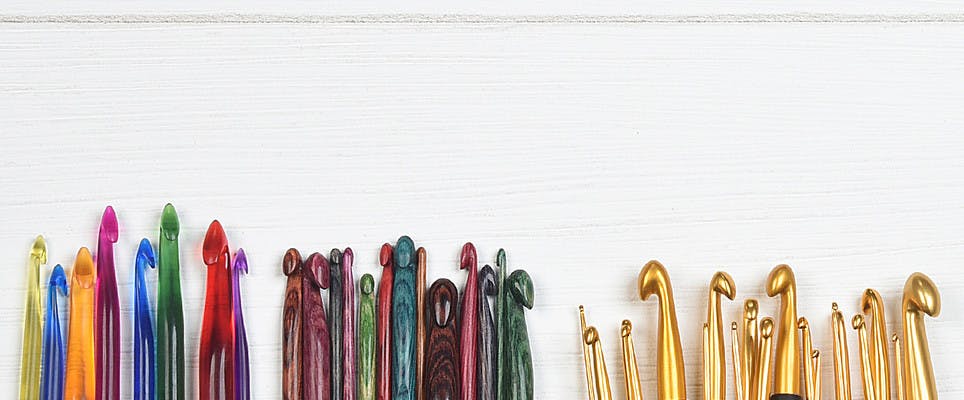
How old is crochet? We asked Kathryn Senior from Crafternoon Treats to find out more about its history and beginnings…
More people are probably into crocheting now than when I first took up my hook in the granny square-mad 1970s. But where did crochet begin? I was surprised to find that no-one is really very sure but with a bit of digging I’ve unearthed three interesting possibilities…
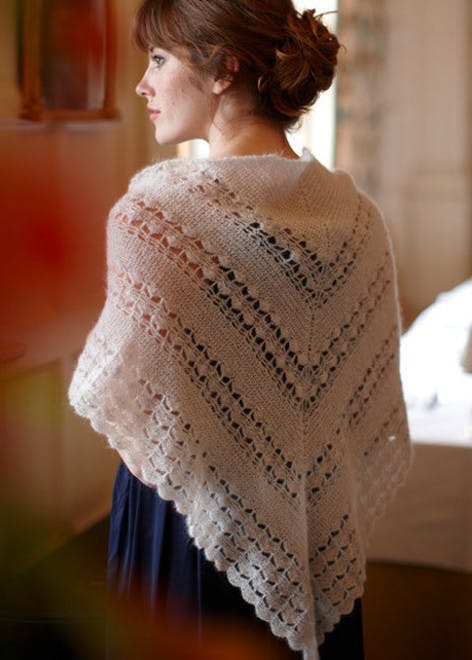
The Persian lace connection
The earliest published crochet pattern dates back to the early 19th century. Penelope, an early woman’s magazine, included a pattern for a crocheted bag. Published in Amsterdam in 1824, it set my heart racing (I have a bit of a crochet bag obsession). The detailed pattern was seized on by the well-to-do European ladies of the day.
Worked in bands of chain mesh from the top, the bag was given substance by denser bands of slip stitch crochet in between. A star at the base was worked in UK double crochet.
The instructions give a big clue about the ancient history of crochet. The bag is made using a tambour hook, a slim metal shank with a sharp hook fitted into a wooden or bone handle. Crochet history expert, Lis Paludan, is convinced that our modern crochet techniques developed directly from tambour lace making, or tambouring.
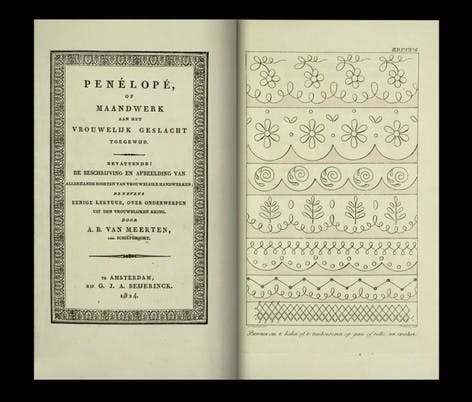
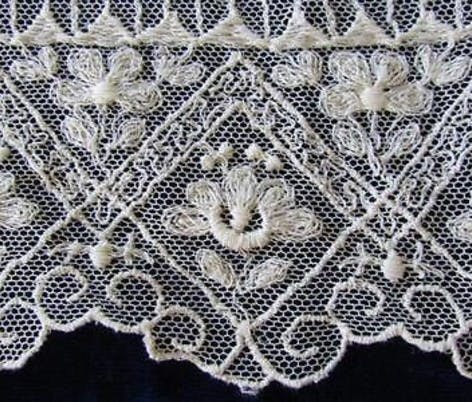
Tambour lace was worked using very fine threads of silk, silver and gold, which were hooked in and out of the fibres of a background mesh. The chain stitches used between motifs in the mesh look very like crochet.
To make it easier to work, the fabric mesh was stretched over a circular frame – a non-musical tambourine (“tambour” is French for drum), but this was a labour-intensive process; it must have taken hours to make even a short length of lace to edge something like a hankerchief.
Tambouring became popular in Western Europe from the mid 18th century and illustrations survive from 1700 showing French tambour hooks. I find it quite persuasive that these were called crochets, derived from croc, the French for hook. Its definitely possible that the first steps towards modern crochet were taken when the mesh was abandoned and just hook and thread was used to form chains and more complex motifs.
What about tambouring pre-1700? Possibly, the skills were transported to Europe around that time via the trade routes from India, Turkey and Persia. A form of tambour lace is still made in Kashmir in India, described today as Aari embroidery.
The crochet Scandi connection could go way back…
Another theory is that the people who farmed cold and bleak landscapes in the north of Scotland and parts of Scandinavia invented crochet during the 18th century, or maybe earlier.
For large parts of the year, these parts of Europe are cold and wet, so warm water resistant clothes would have been necessary for their survival as they worked the land and tended sheep. Wool was plentiful and people worked their yarn using small Shepherd’s hooks made from wood, bone and even broken spoons and combs. They were flatter and fatter than modern crochet hooks but had that all-important curved smooth neck at the end for drawing yarn through a loop.
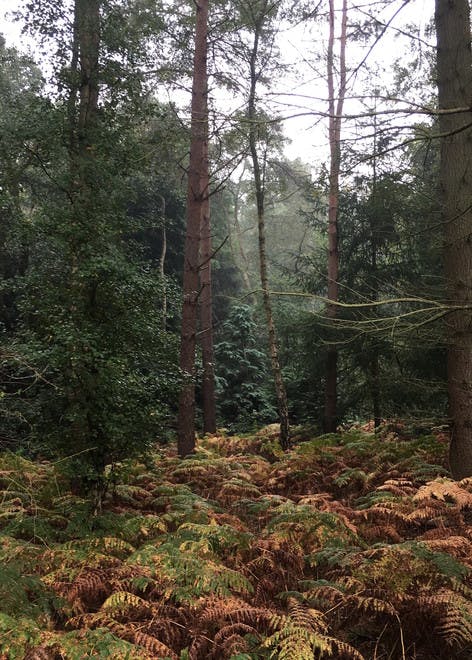
The hooks were used to make rows and rows of slip stitch crochet, which created a fabric that was dense, thick and very warm. The natural lanolin in the wool would have made it quite waterproof, particularly if the finished item was made larger than needed and then felted before being worn.
Artists of the time drew sketches showing shepherds working away, knitting socks or mittens while looking after the sheep. In these poor rural communities everyone would muck in whenever they had a spare minute to help create mittens, socks, hats and whatever their family needed.
Shepherd’s knitting and its variants Bosnian crochet and gobelin crochet are still around today but modern crochet could have easily been a spin off that developed in tandem. It’s interesting that, in old Norse, Shepherd’s hooks were called krokr… another word that is very close to crochet.
Or did crochet begin in Peru 2000 years ago?
According to the first two theories, no-one in Europe did any crochet before 1700. The lack of archaeological evidence of crochet seems to back this up – but perhaps crochet-like fabrics have been found but they’ve been mistaken for something else…
I came across accounts of naalbinding, a technique in which a bone needle is used to pull yarn through loops wound around the thumb. The fabric produced looks similar to Tunisian crochet.
Naalbinding, or single needle knitting, is ancient. Hats and shawls made using this technique in Peru date back to 300 BC. It was also used by Coptic Christians in Egypt in the 4th century AD, who invented Coptic stitch, which looks amazingly like…. knitting!
The V&A has a stunning pair of socks that date back to 400AD. These were made using naalbinding Coptic stitch worked in the round. It looks exactly like knitted stockinette stitch!
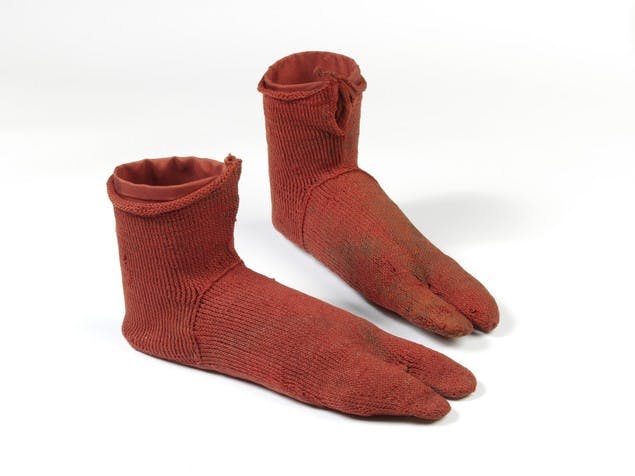
Other early examples of ancient crochet may just have been mis-classified by archaeologists not familiar with naalbinding but there is no hard evidence that naalbinding developed into crochet. It’s a bit of a leap of faith but you can imagine that pulling yarn through loops with a hook was an obvious next step…
Although it's difficult to pinpoint exactly the origins of crochet, these three strands of possibility prove that fibre crafts have not only endured the test of time but were also widespread methods of creating fabric for practicality and fashion. Today crochet and knitting continue to evolve as handcrafts which stitch together both style and community!

